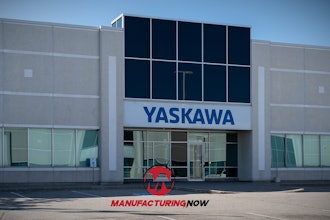With over 21.6 million people, the infrastructure of Mexico City faces a daily strain that is both immense and unique.
And while we’ve covered some of the challenges this creates, including the recent and devastating collapse of a metro train overpass, a report on Wired.com adds another problem to the mix.
Using radar-based ground measurement tools that can go up to 100 feet into the earth, geologists think areas of the North America's largest city could sink as much as 100 feet over the next 150 years.
The phenomenon is called subsidence, and it could be a big problem for nearly half of Mexico City’s population.
Subsidence happens when too much groundwater is extracted, causing the land above it to compact and sink. And if that’s not bad enough, the land doesn’t sink in a uniform manner, which creates a huge issue for roads, bridges, sewer pipes and other infrastructure running between two endpoints that could be sinking — or not sinking — by disparate amounts.
The issue for Mexico City goes back to its founding. The Aztecs built it on an island in Lake Texcoco. After the Spanish conquered the Aztecs, they began draining the lake and building on it. This process continues to this day in the form of an aquifer that serves those 21.6 million people.
As the water continues to be extracted, the city’s clay foundation also continues to settle or sink. Researchers estimate that it will take 150 years for this foundation to become completely compact — and for the city to stop sinking by as much as 20 inches a year.
And while it might seem that either injecting water into the foundation, or ceasing the extraction of it, would be a solution, neither are practical options. First, the composition of the clay soil simply won’t allow for the re-introduction of liquid. Second, that population depends on the natural aquifer beneath Mexico City’s 573 square miles to survive, and many areas have continued to sink even after water extraction was stopped.
Sadly, Mexico City is not alone. According to the Wired article, the extraction of groundwater to serve growing populations could lead to subsidence impacting up to 1.6 billion people globally over the next 20 years.






















